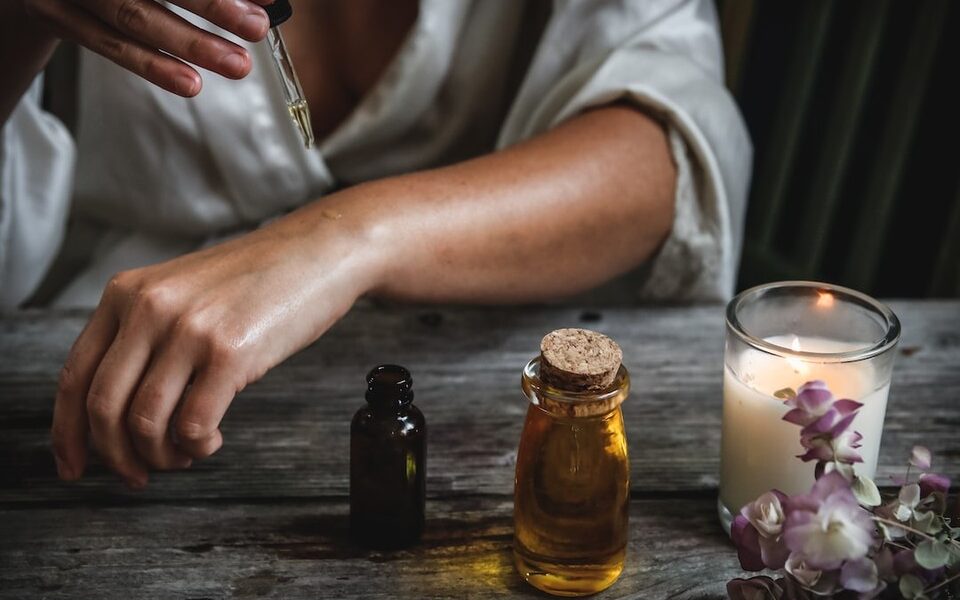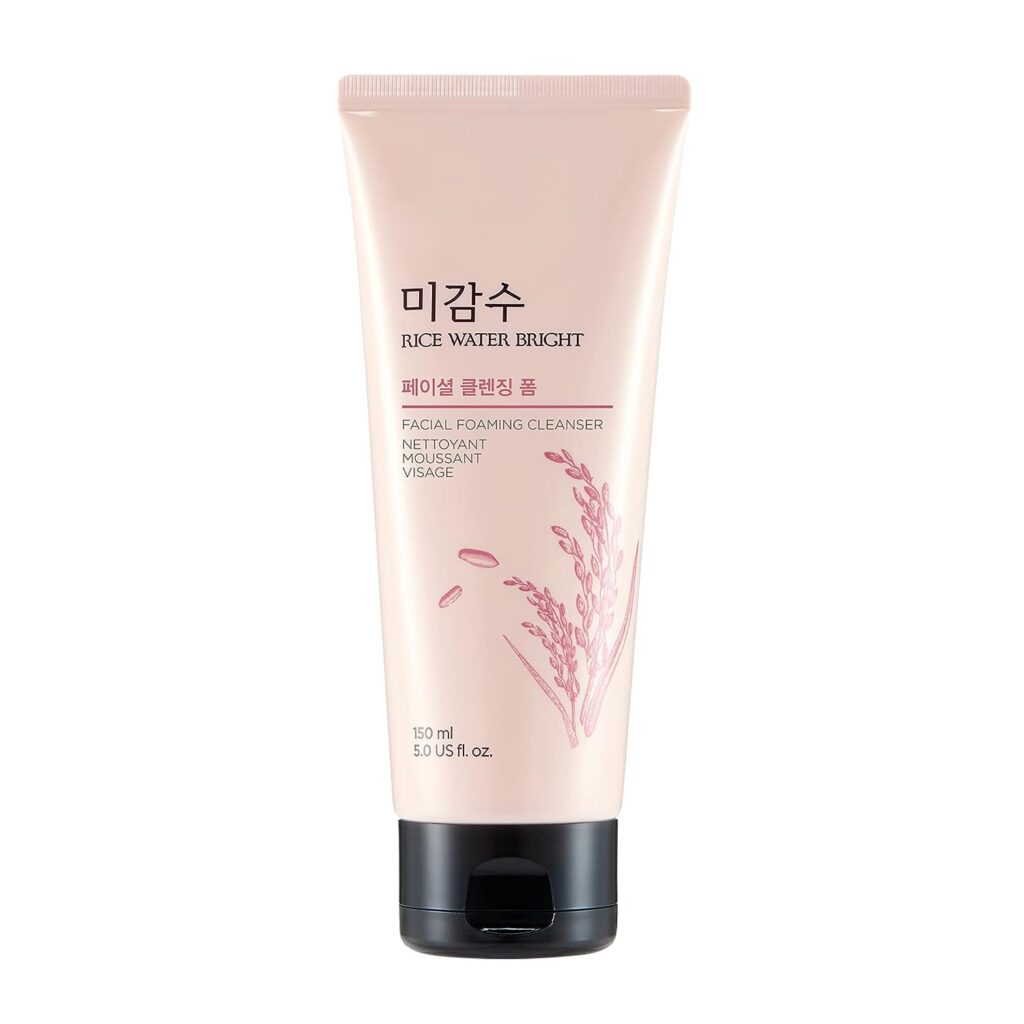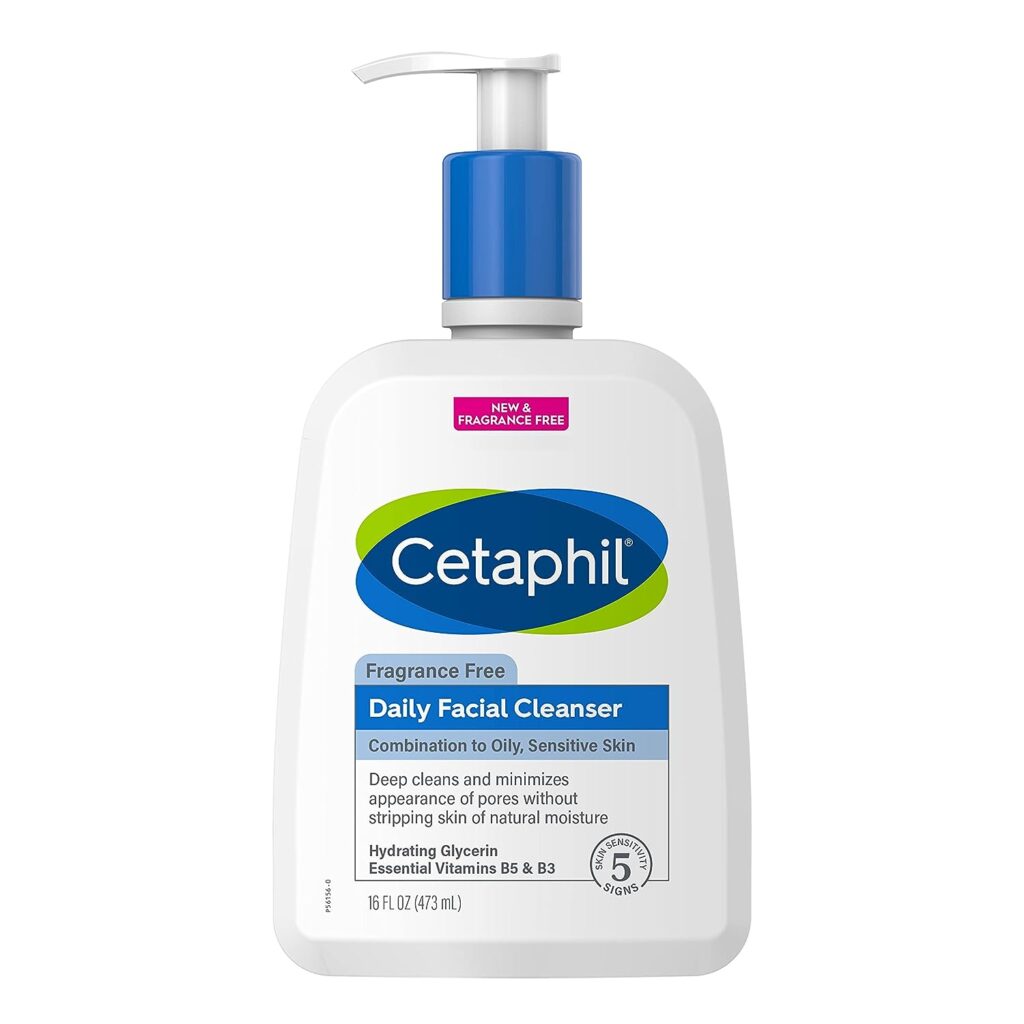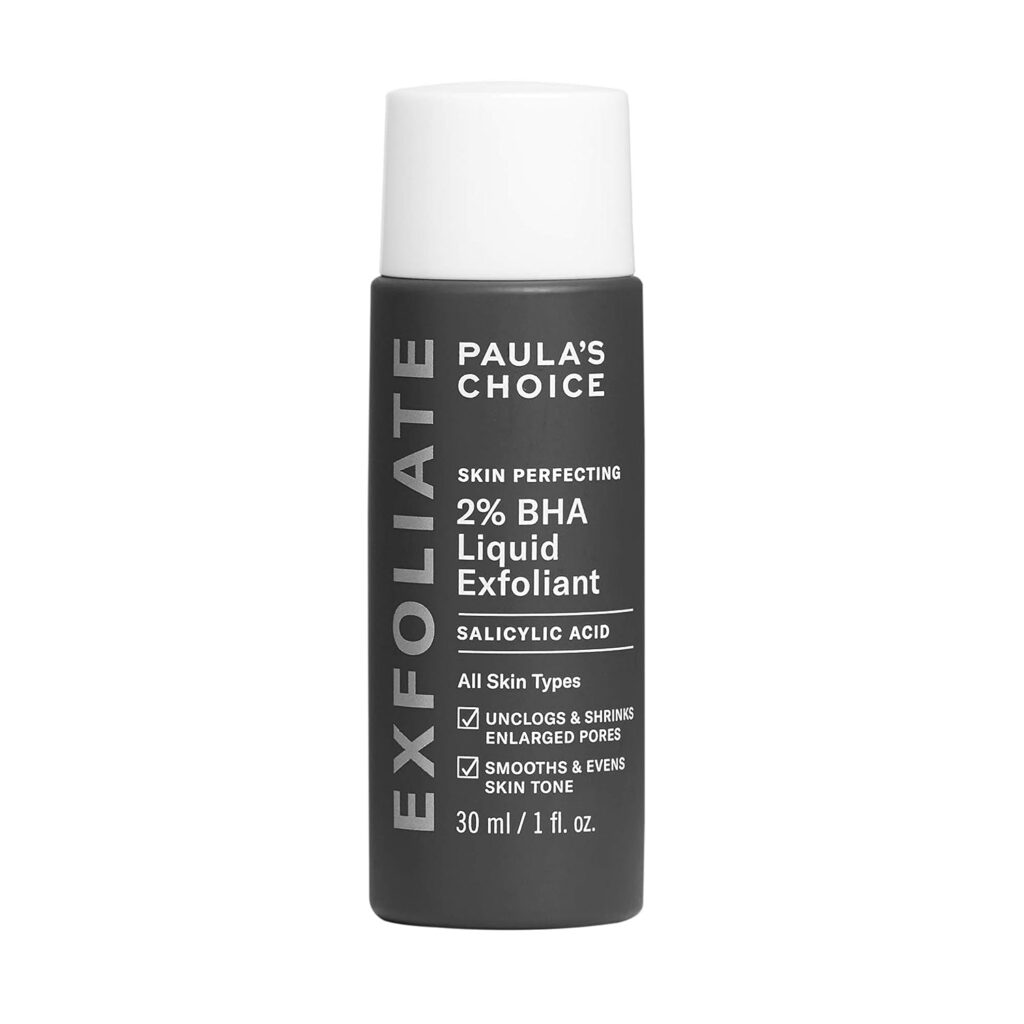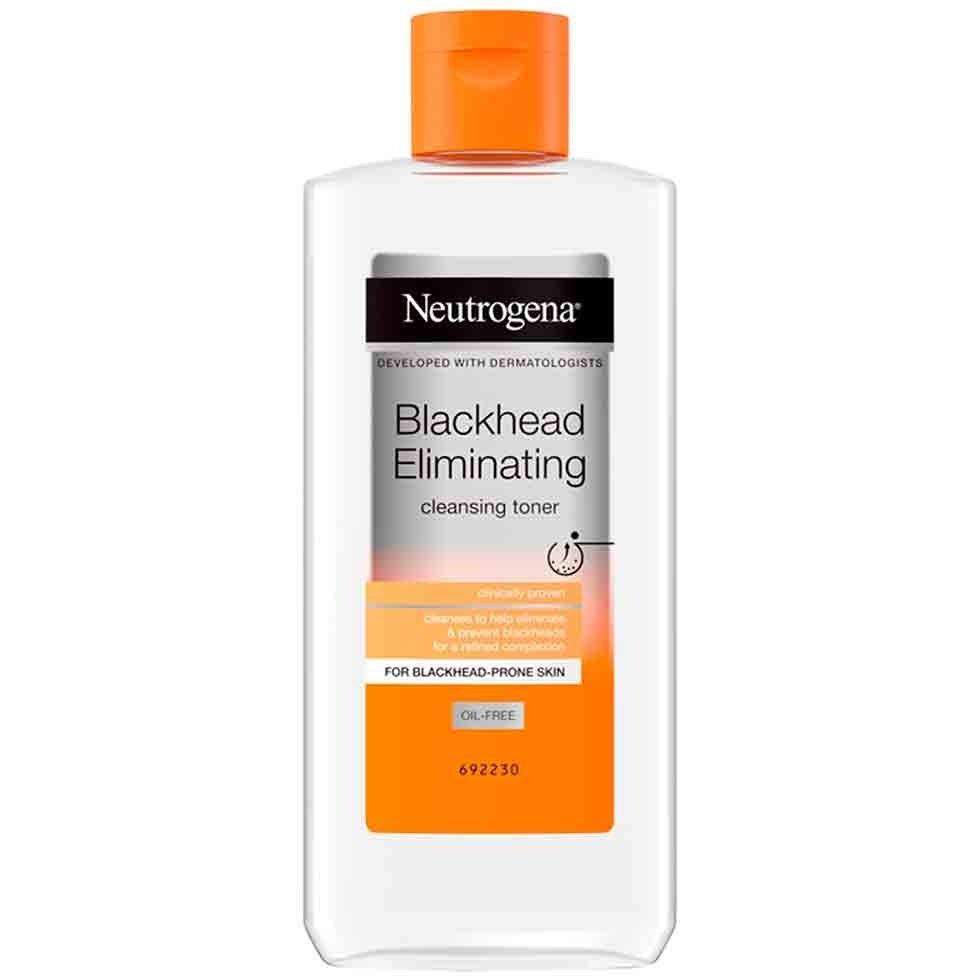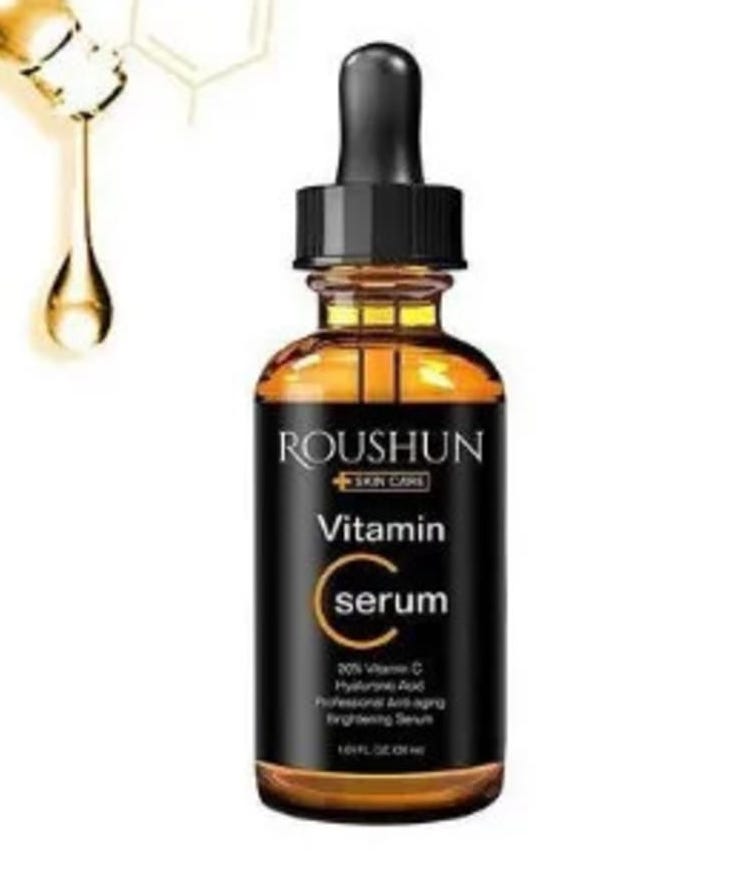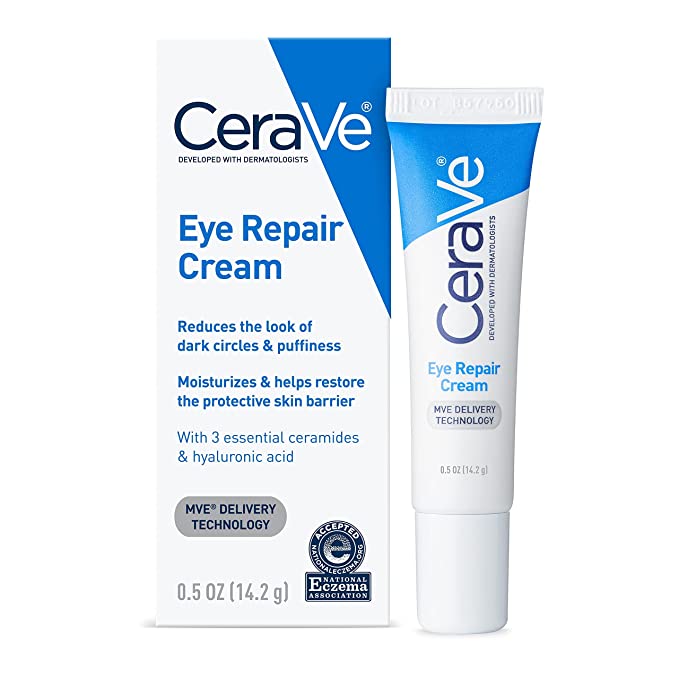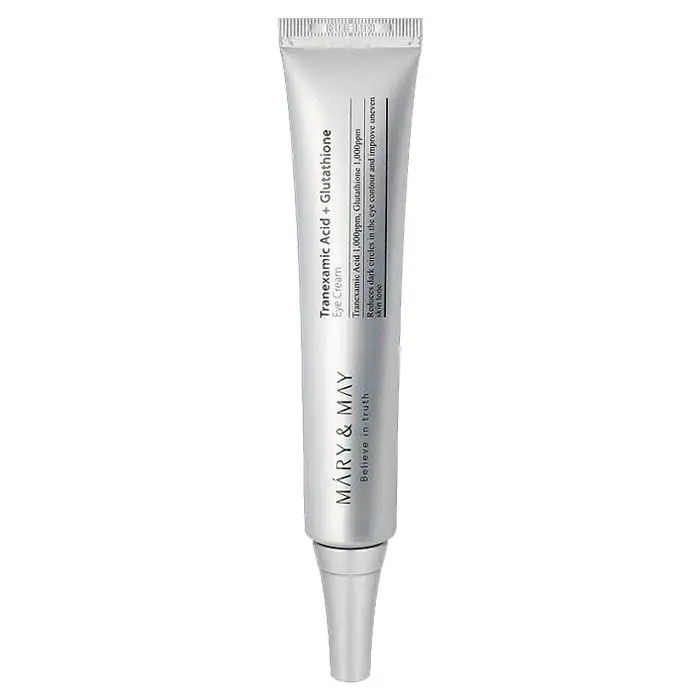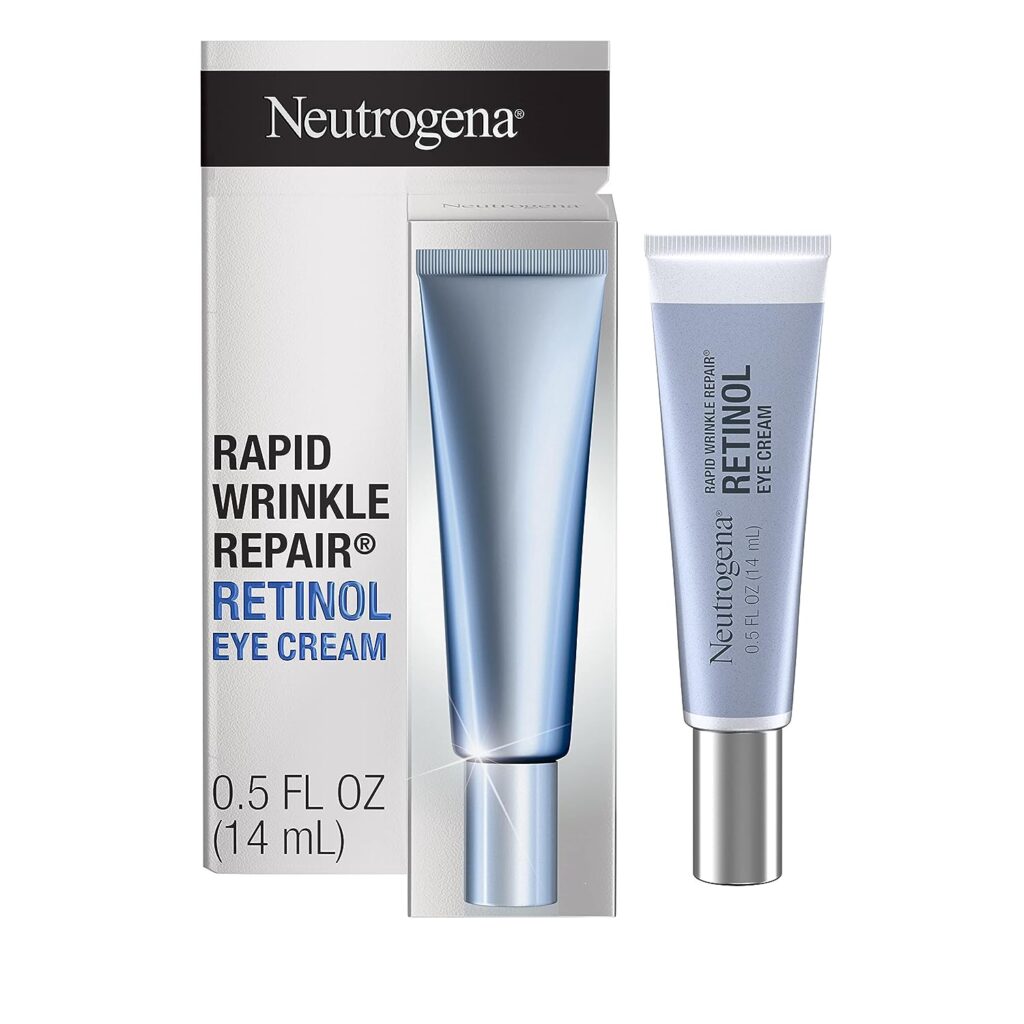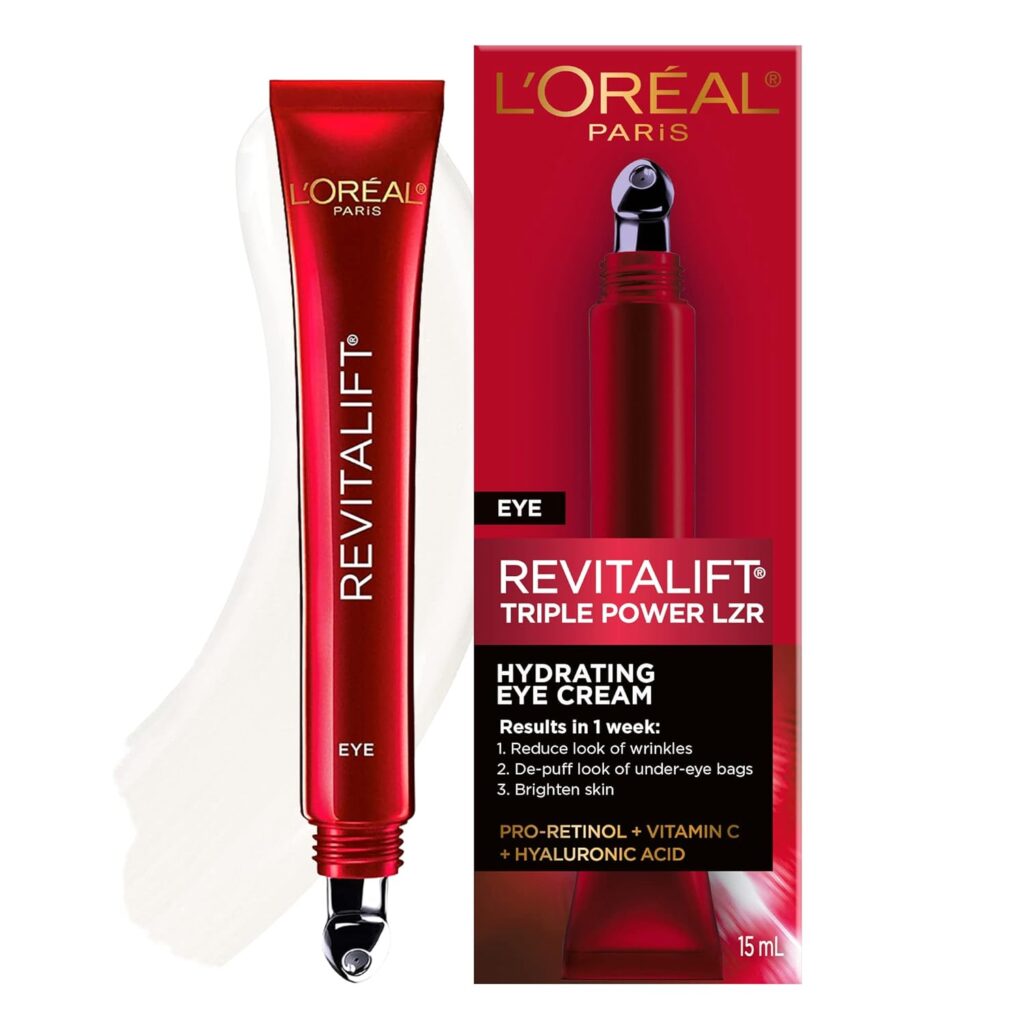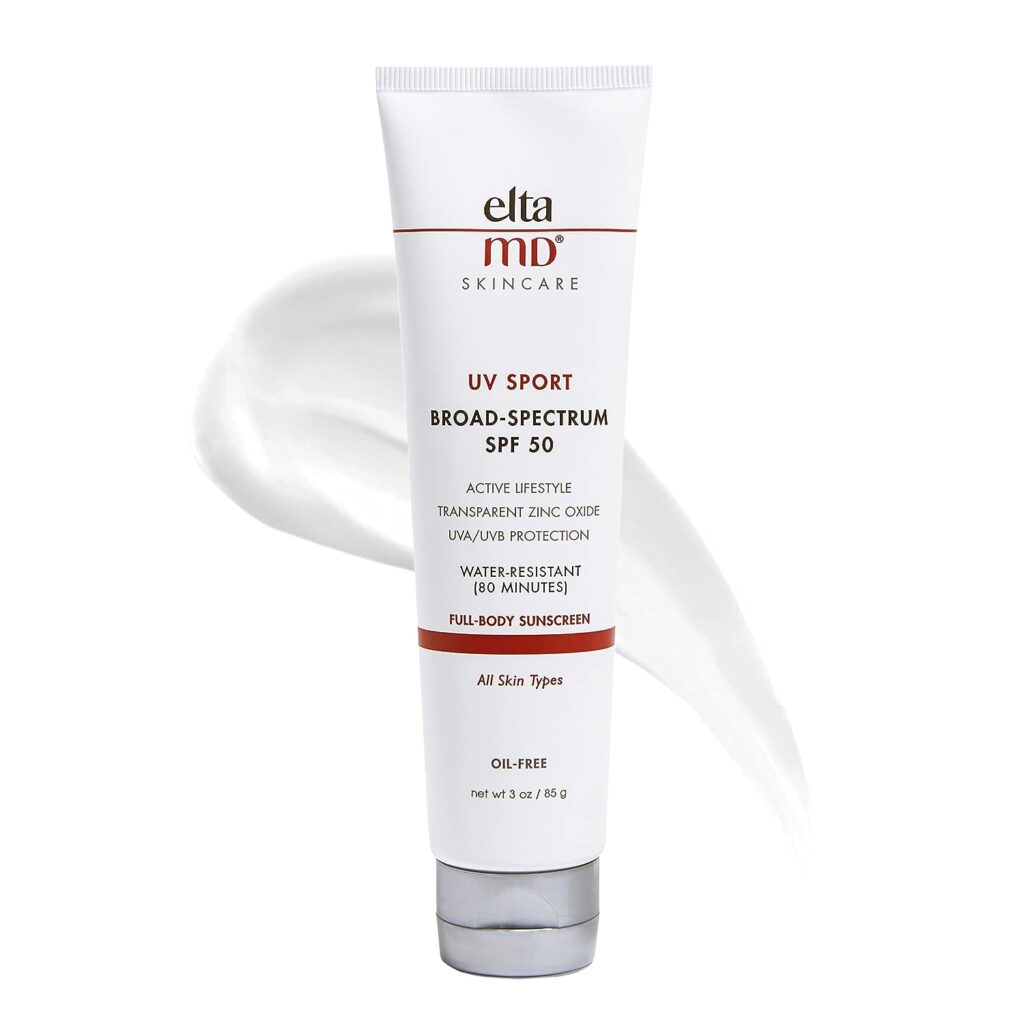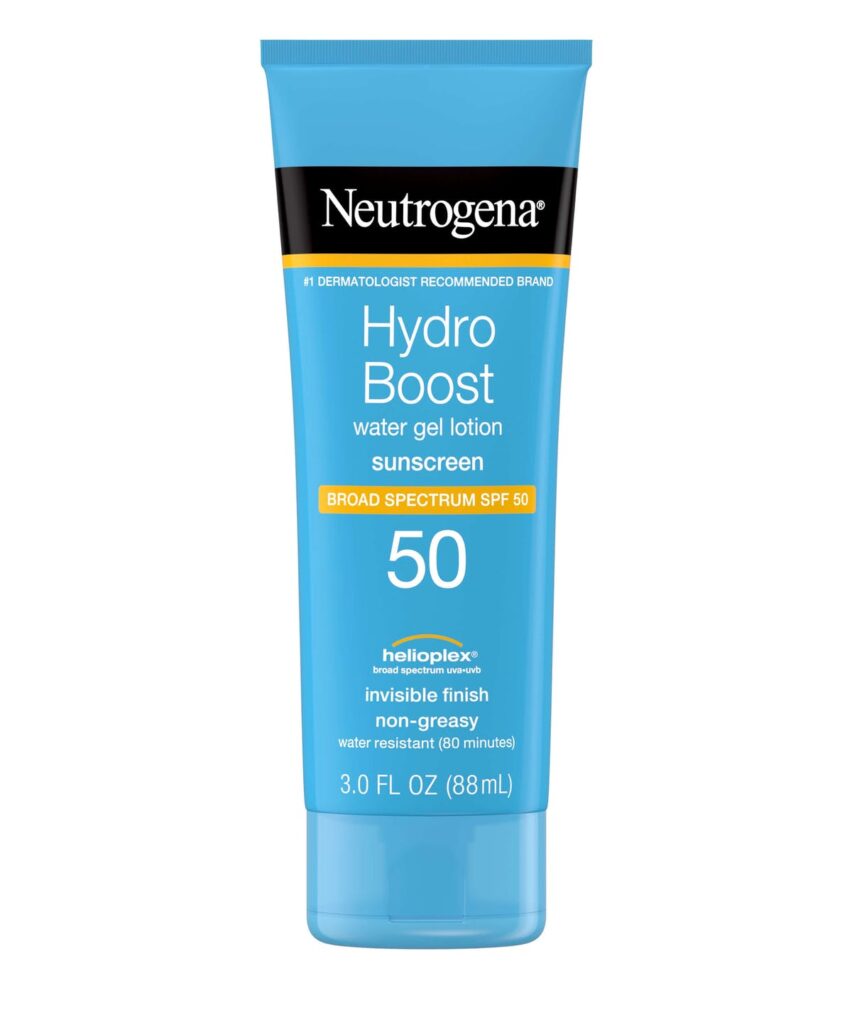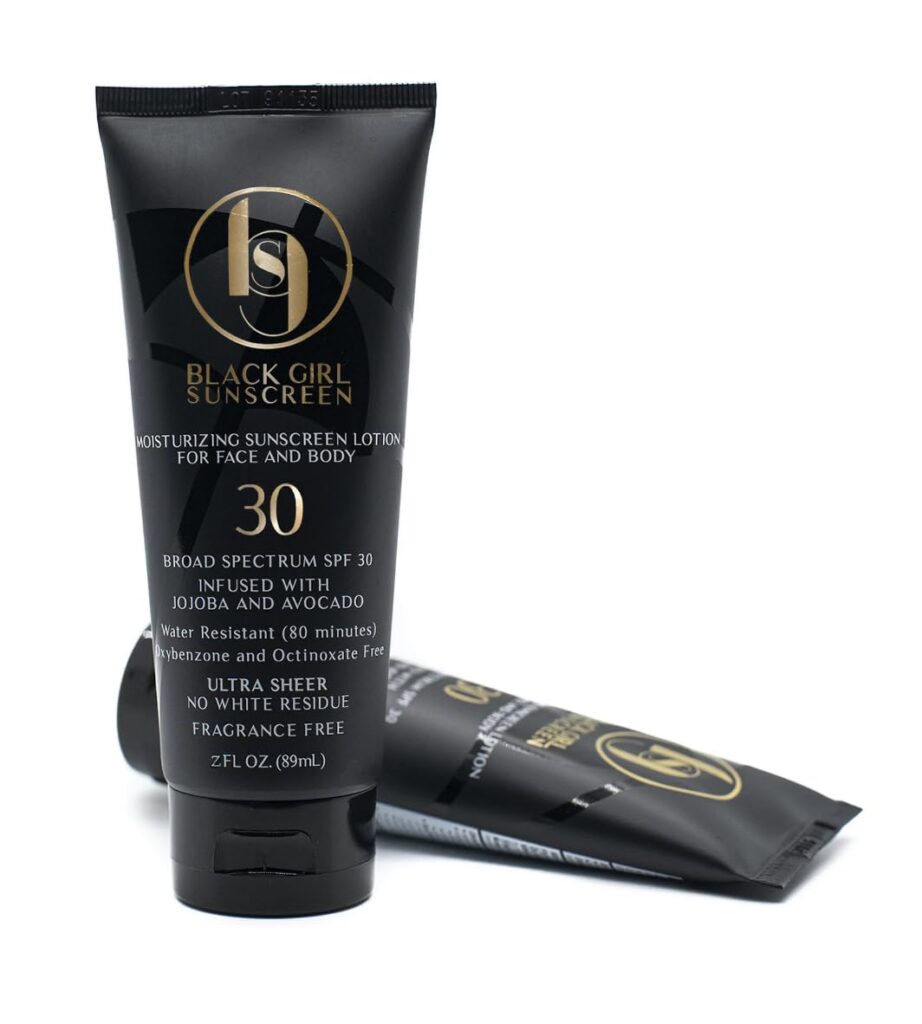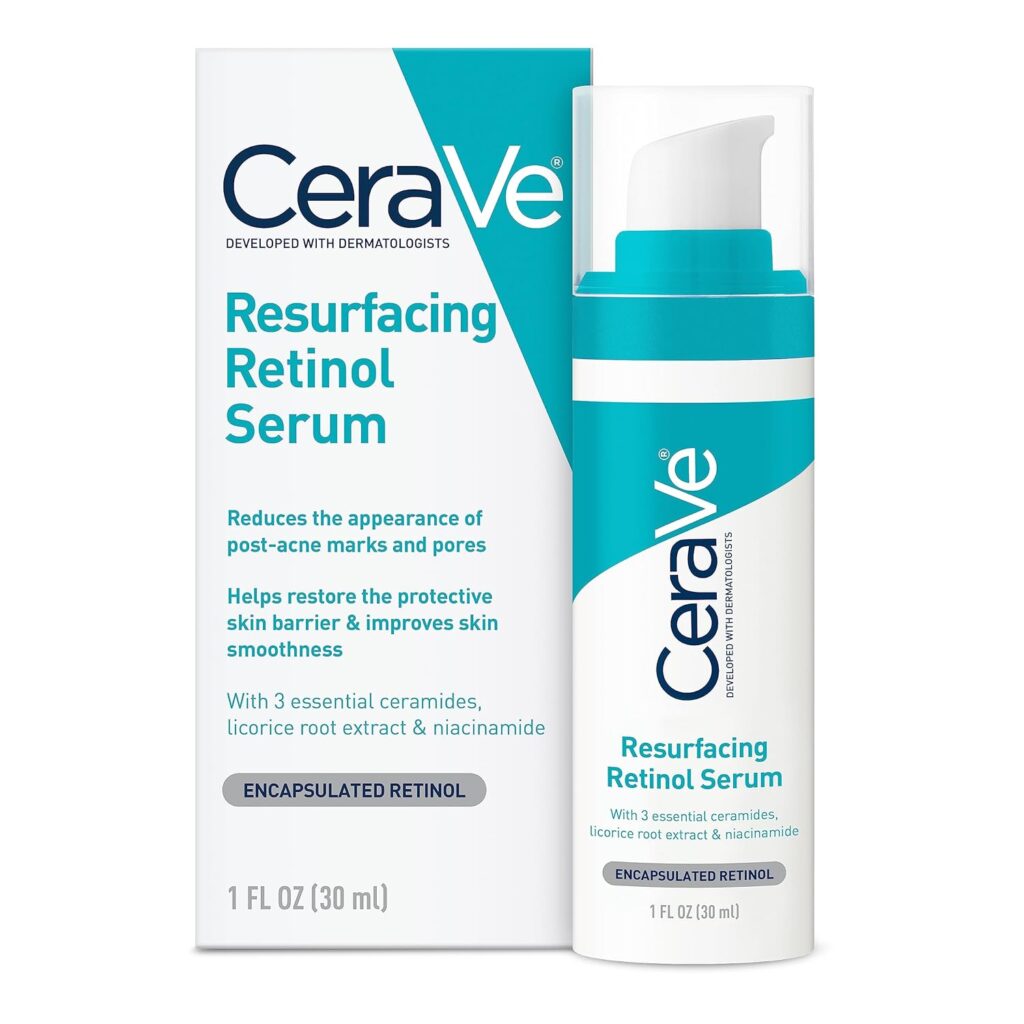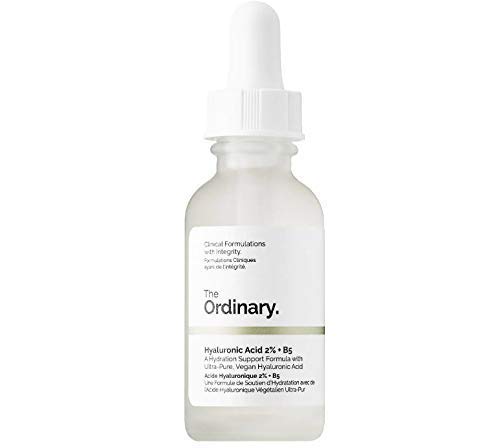If you’ve ever organized your wardrobe, you know that where you place your clothes can significantly impact your daily routine. Similarly, in the world of skincare, the order of application can determine the effectiveness of your products. Whether you have a simple approach or an elaborate skincare ritual, knowing when to use each product is essential, especially given the overwhelming amount of advice and information available. While we often emphasize the importance of different skincare ingredients, from retinol to hyaluronic acid to vitamin C to SPF, it’s not just what you use but also how and when you use it. Applying skincare products incorrectly can result in reduced effectiveness or even irritation.
So, what’s the optimal order for applying skincare products? It’s advisable to start with the lightest products that are more easily absorbed than the heavier ones. It is important to note the products we apply differ for every individual depending on their skin type or needs.
This means that everyone’s skin care regimen and its order may differ. To ensure you get the most out of your products and your investment, we’ve compiled a step-by-step guide for both morning and evening routines. Remember that not all these products are necessary for everyone, so consult with your dermatologist for a tailored skincare plan.
Morning Routine
Step 1: Cleanser
Just as you wouldn’t want to start your day wearing yesterday’s outfit, begin your morning skincare routine with a gentle face wash. Even if you didn’t wear makeup or go out in polluted air, cleansing helps remove nighttime skincare residue and oils produced during sleep. Opt for a mild, gel-based, or foaming cleanser.
If you’re using topical prescriptions recommended by your dermatologist, apply them in the morning for maximum efficacy. Ensure they can reach your skin without interruption.
Step 2: Toner
While optional, toner can be a beneficial step, much like arranging your clothes for easy access. Apply it immediately after cleansing to balance your skin’s pH level and prepare it for the rest of your products.
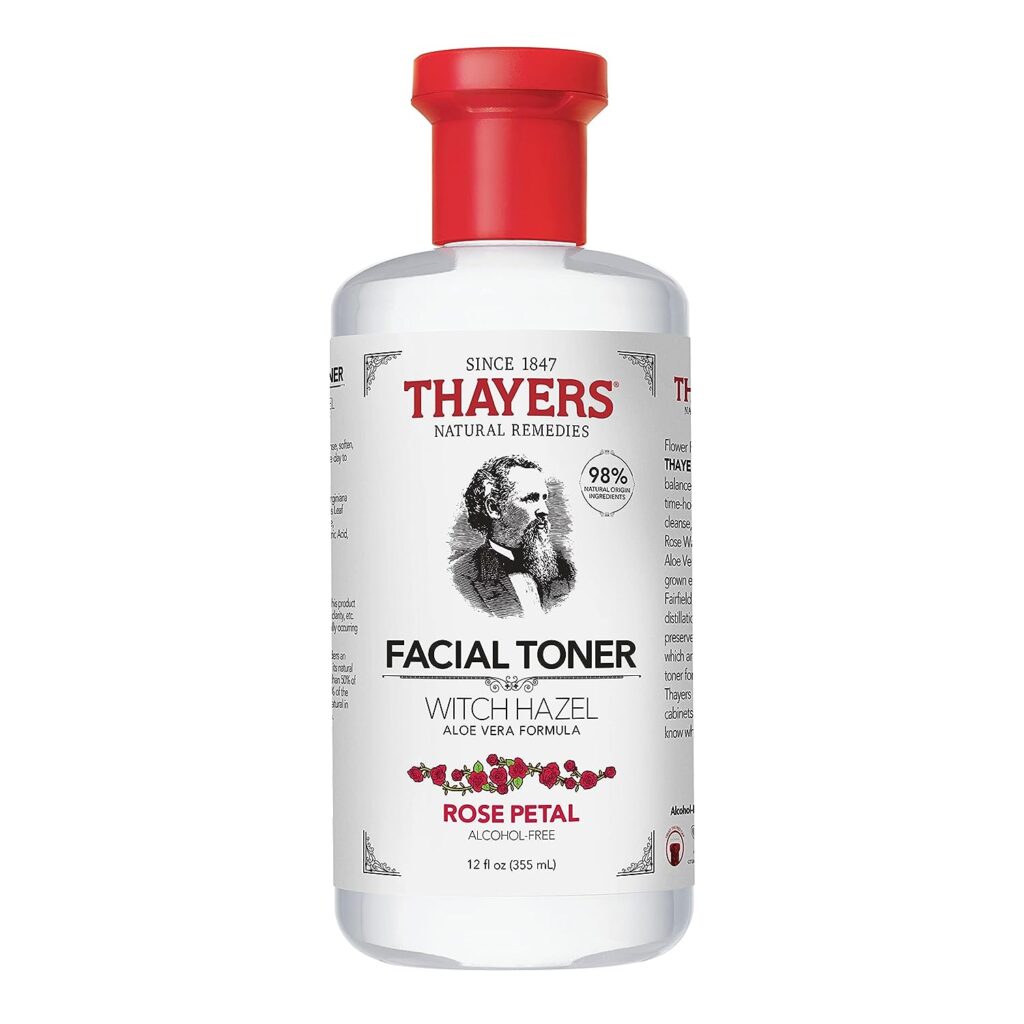
Thayers Alcohol-Free, Hydrating Rose Petal Witch Hazel Facial Toner
Step 3: Serum
Serums can be somewhat confusing, like sorting through your wardrobe for the right outfit. They typically contain highly concentrated active ingredients. Using an antioxidant serum, such as vitamin C, in the morning can target hyperpigmentation, and signs of aging, and provide protection against sun damage and pollution.
Step 4: Eye Cream
Just as you might accessorize before leaving the house, apply eye cream before moisturizer. It’s typically lighter in texture and can help hydrate and address ageing signs around the eyes.
It is advisable you seek one with a steel-tip applicator (the steel helps with fluid retention a bit especially if you’re someone who keeps your cream in the refrigerator after use)
Step 5: Moisturizer
Moisturizing is essential for maintaining skin health, much like choosing the right clothes to keep you comfortable throughout the day. Choose a moisturizer suitable for your skin type and consider using a lighter one in the morning.

Neutrogena Triple Age Repair Moisturizer
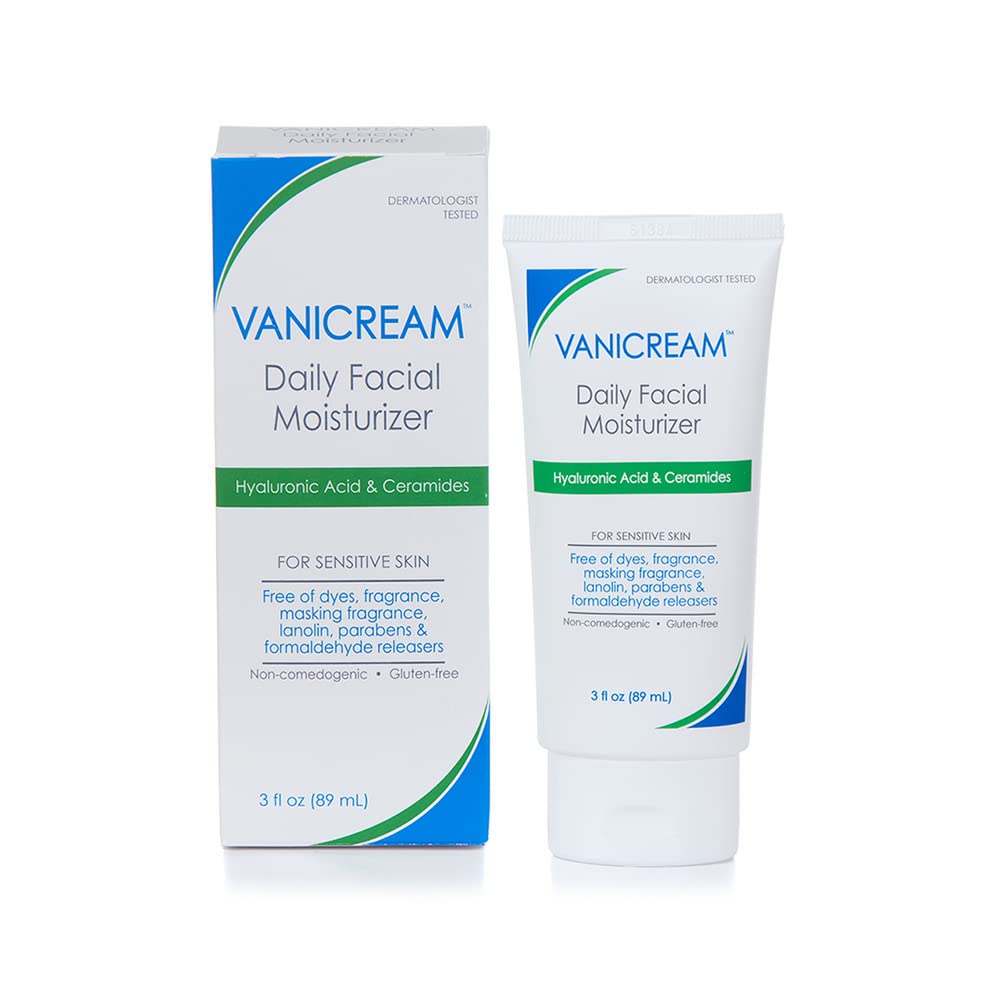
Vanicream Daily Facial Moisturizer
Step 6: Sunscreen
Finish your morning routine with sunscreen. It’s essential for protecting your skin, just as you select the appropriate clothing for the day. Mineral sunscreen is often recommended for its effectiveness and safety.
Evening Routine
Step 1: Cleanser
Much like returning home and changing into comfortable clothes, start your evening skincare routine with a thorough cleanse. Remove makeup, oil, and impurities to prepare your skin for effective absorption of nighttime products. Consider using a cleansing oil followed by a more targeted cleanser suitable for your skin’s needs.
Step 2: Toner
As in the morning, use toner after cleansing to balance your skin’s pH level and prepare it for later products. Use the same toner you use in the morning, or experiment with something a little more exfoliating.
Step 3: Retinoids
Retinoids are like the special occasion outfits in your wardrobe. Apply them at night. Start with a low frequency and gradually increase as your skin tolerates. Retinoids can treat various skin concerns and should always be followed by sunscreen during the day.
Step 4: Serum
In the evening, consider a different serum, such as one with hyaluronic acid for added hydration. This is especially important if you’re using drying treatments like retinoids.
Step 5: Eye Cream
If you use eye cream, apply it in the evening using a gentle tapping motion.
Step 6: Moisturizer
Choose an appropriate moisturizer for your skin type. A light, oil-free option with hyaluronic acid can help prevent excessive dryness when using retinoids.
Step 7: Sleep
Just as your body needs rest after a long day, ensure you get a good night’s sleep to support your skin’s natural rejuvenation process.
You should consistently follow your skincare regimen, and give your skin time to adapt to new products or treatments. Ultimately, a well-planned skincare routine can help you achieve healthier, more radiant skin.
Also, it’s important to note that not everyone needs every product. When considering your skincare routine order, consult a dermatologist or an allergist and consider your unique skin type and needs. The key is identifying the skincare products that work best for you and eliminating the non-essentials.

